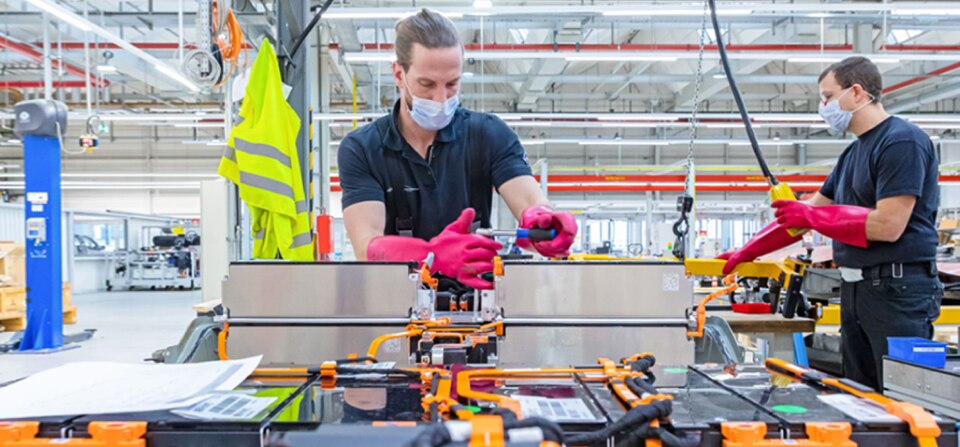
SUSTAINERA EV BATTERIES

As a part of the Circular Economy 4R strategy, Stellantis has developed a sustainable offer for Electrical Vehicles (EV) batteries in order to meet costumers expectations for clean energy and affordable solutions.
This approach emphasizes the recycling of car batteries and the efficient scrapping process to maximize the lifecycle of EV batteries. By focusing on how to recycle car batteries and develop new EV battery solutions, Stellantis aims to reduce waste, conserve resources, and support a cleaner future in the EV industry.
Our Batteries can be repaired, reused and remanufactured to extend their lifetime as long as possible before being recycled.


When the traction battery is unrepairable, it can be remanufactured*. The battery is sent to our Remanufacturing facility via the same logistics flow as the parts. The battery is tested, and the data is assessed to identify which new components and measuring features are required. The defective components are replaced, and the traction batteries are extensively tested according to the original performance specifications, then classified according to remaining SoH (State of Health).
* The remanufactured electric vehicle batteries offer covers the majority of the current Stellantis electrified range in Europe and is continuously expanding. For more information about your car, please contact your authorized repairer.


When the battery is eligible for repair, the vehicle is transferred to an e-repair center, where the faulty components are replaced by a highly qualified team, who are fully equipped and trained to work with high voltages. The EV is then returned to the repairer, who hands it back to the customer.

.png?imwidth=768)
Before recycling, a battery can still be a valuable resource for other uses when the vehicles reaches the end of its life: this is the battery's second life.
After a number of tests, the entire battery or its internal components can be reused differently, even outside the automobile sector, such as energy storage connected to renewable energy sources (solar, wind power).
Free2Move eSolutions has developed a large-scale Vehicle-to-grid (V2G) system with integrated energy storage.
The Drosso Project aims to showcase the feasibility of a large-scale centralized V2G charging system.
The Drosso Project will also provide fast ancillary services to return the reserve to the grid operator, as well as real-time services using a system with bidirectional fast chargers.



.png?imwidth=768)
If a battery is unrepairable after testing, it needs to be recycled together with the casing, cables, and other components, which are therefore collected at dealers or dismantlers and sent to an electric car battery recycling facility.
The components are separated. After the scrapping process, the main raw materials are extracted, then used in new EV batteries for future electric vehicles.
